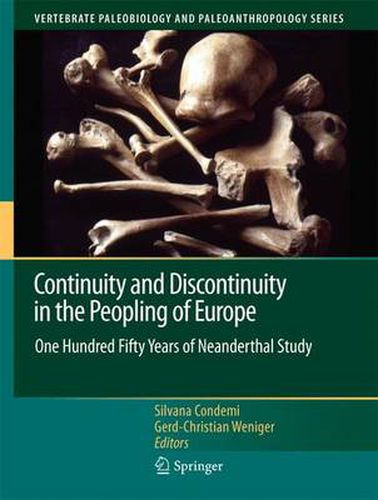Readings Newsletter
Become a Readings Member to make your shopping experience even easier.
Sign in or sign up for free!
You’re not far away from qualifying for FREE standard shipping within Australia
You’ve qualified for FREE standard shipping within Australia
The cart is loading…






Since the Western world first became aware of the existence of Neanderthals, this Pleistocene human has been a regular focus of interest among specialists and also among the general public. In fact, we know far more about Neanderthals than we do about any other extinct human population. Furthermore, over the past 150 years no other palaeospecies has been such a constant source of discussion and fierce debate among palaeoanthropologists and archaeologists. This book presents the status of our knowledge as well as the methods and techniques used to study this extinct population and it suggests perspectives for future research.
$9.00 standard shipping within Australia
FREE standard shipping within Australia for orders over $100.00
Express & International shipping calculated at checkout
Since the Western world first became aware of the existence of Neanderthals, this Pleistocene human has been a regular focus of interest among specialists and also among the general public. In fact, we know far more about Neanderthals than we do about any other extinct human population. Furthermore, over the past 150 years no other palaeospecies has been such a constant source of discussion and fierce debate among palaeoanthropologists and archaeologists. This book presents the status of our knowledge as well as the methods and techniques used to study this extinct population and it suggests perspectives for future research.